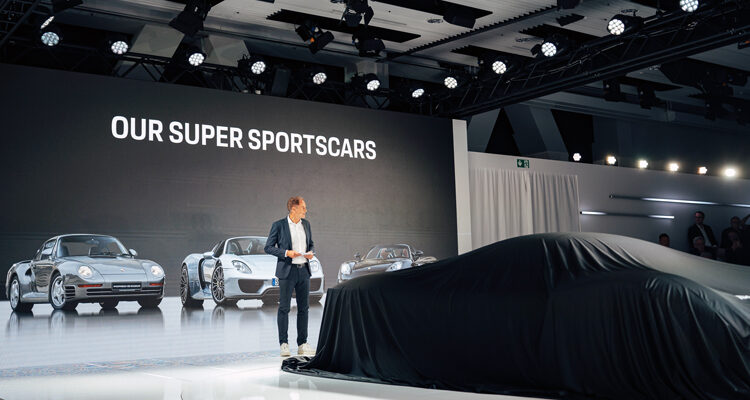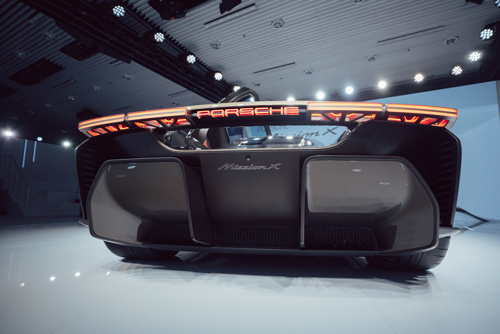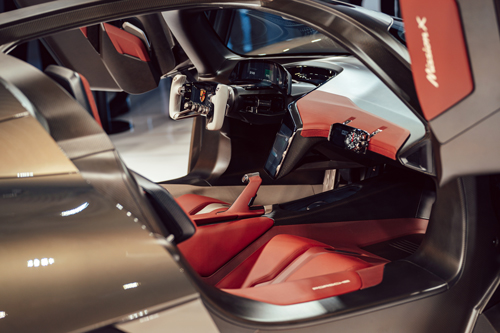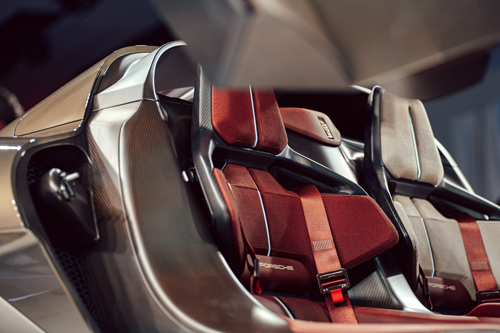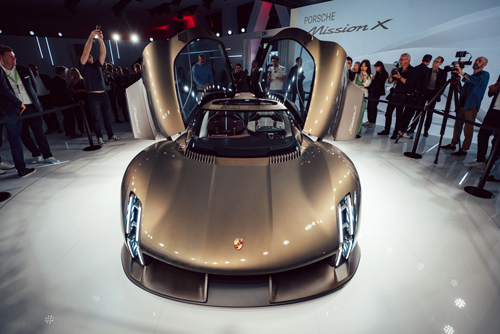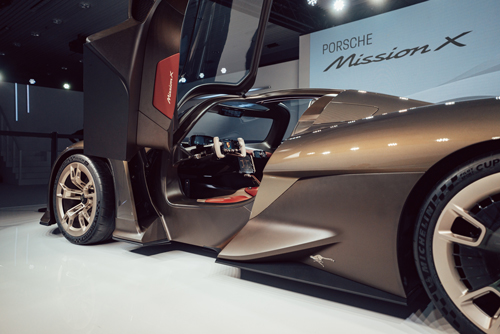Stuttgart, Germany — This is an auspicious year for Porsche—and the enthusiast brand is making the most of it. On June 8, 1948, the Porsche 356 ‘No. 1’ Roadster, the very first Porsche in history, received its general operating license. Seventy-five years later to the day, the world is gathered here in Stuttgart, home to Porsche since 1950, to celebrate the occasion in a very big way.
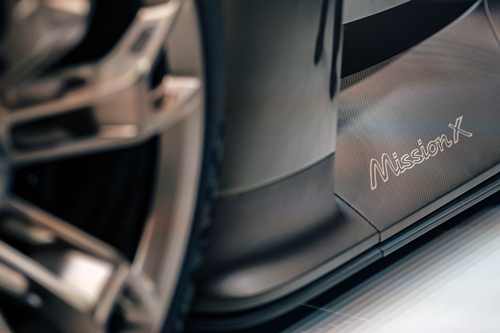
At the Porsche Museum, situated at Porscheplatz 1 in the suburb of Zuffenhausen, there’s a buzz in the air and on the ground. We’ve received word of a global premiere of a new model, but there’s no advance notice on what it might be. By the year 2030, fully 80 percent of Porsche vehicles will be fully electric. The thinking, then, is that the reveal may well be a version of the forthcoming electric 718 Boxster, which is due in 2025.
But on the rooftop of the museum, there are three supercars from the past on display, which sets different wheels turning. The Porsche 959 (from 1983) is here, as is the Porsche Carrera GT (2003) and Porsche 918 Spyder (2013). Each of these three is classified as a super sportscar—and for good reason.
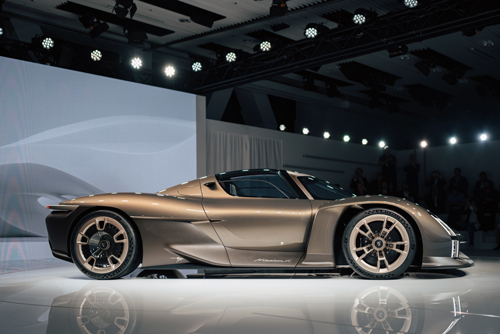
When it debuted, the 959 set the world record for top speed by a production, at an eye-watering 317 km/h. The Carrera GT upped the ante, clocking in with a top speed of 330 km/h from its 600+ horsepower V-10 engine. The 918 Spyder, the first hybrid super sportscar for Porsche, set the production car lap record at the Nürburgring Nordschleife.
It’s no random thing that these three cars should be placed side-by-each in such a prominent position. After all, the Porsche Museum itself contains some 100 different models. Porsche also has off-site storage areas nearby with even more cars from the corporate collection. Bur the 959, Carrera GT and 918 Spyder are gathered here because they represent a theme—the theme of ultimate performance.
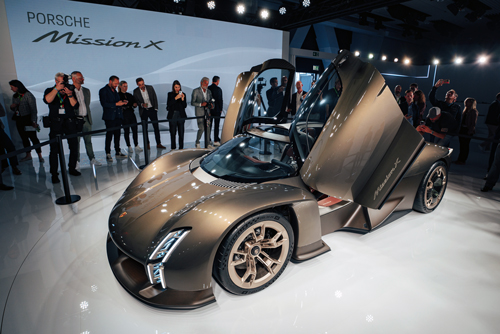
True to form, this theme continues when the covers are finally pulled off the Mission X, a concept that looks like a Le Mans racecar from the near future.
It’s a stunning design exercise that Oliver Blume, Chairman of the Executive Board of Porsche AG, hints may go into production. Should this happen, the Mission X will offer mythical levels of performance—Blume has indicated that this all-electric hypercar would aim to become the fastest production vehicle ever around the Nordschleife.
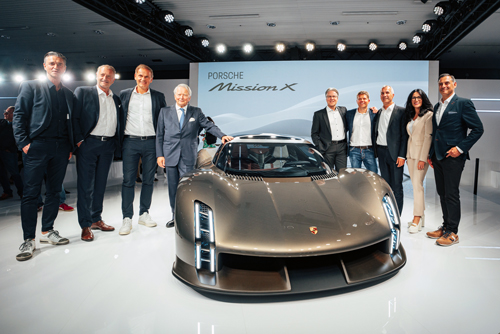
Still, not much was revealed about the Mission X, apart from this very large promise of performance. If it did go into production, it would have a power-to-weight ratio of roughly one metric horsepower per kilogram. (For reference, this is around twice the power-to-weight ratio of the 918 Spyder.) The Mission X will also be built (if it ends up being built) on a 900-volt system architecture. Recharging time, then, would be twice as rapid as that for the Porsche Taycan Turbo S.
With its latest creation revealed, attention turned to keeping the celebration going. The crowd moved inside the Porsche Museum to outside, only to find the Porscheplatz closed to traffic and spectator stands erected across the street. We take our seats in the stands, sit back and watch as a staggering display of Porsche road cars and racecars parade around the public streets at speed.
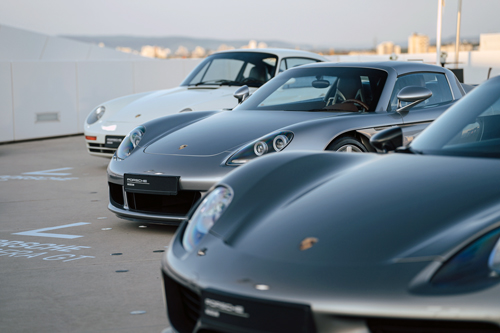
To kick things off, ex-Formula One driver Mark Webber chauffeurs Dr. Wolfgang Porsche, youngest son of company founder Ferdinand (Ferry) Porsche, to the entry point for the stage. Appropriately, the car Webber drives is the aforementioned Porsche 356 ‘No. 1’ Roadster.
Appropriately as well, the stage is in the centre of the traffic circle at Porscheplatz 1, which is dominated by a Gerry Judah sculpture, the artist whose work for the Goodwood Festival of Speed has become world famous. In this case, the sculpture features three examples of the Porsche 911 affixed to three white spires that soar 24 metres into the air. Worth noting, this year Porsche also celebrates the 60th anniversary of the 911.
So much history, so many fantastic cars, so much still to look forward to.



